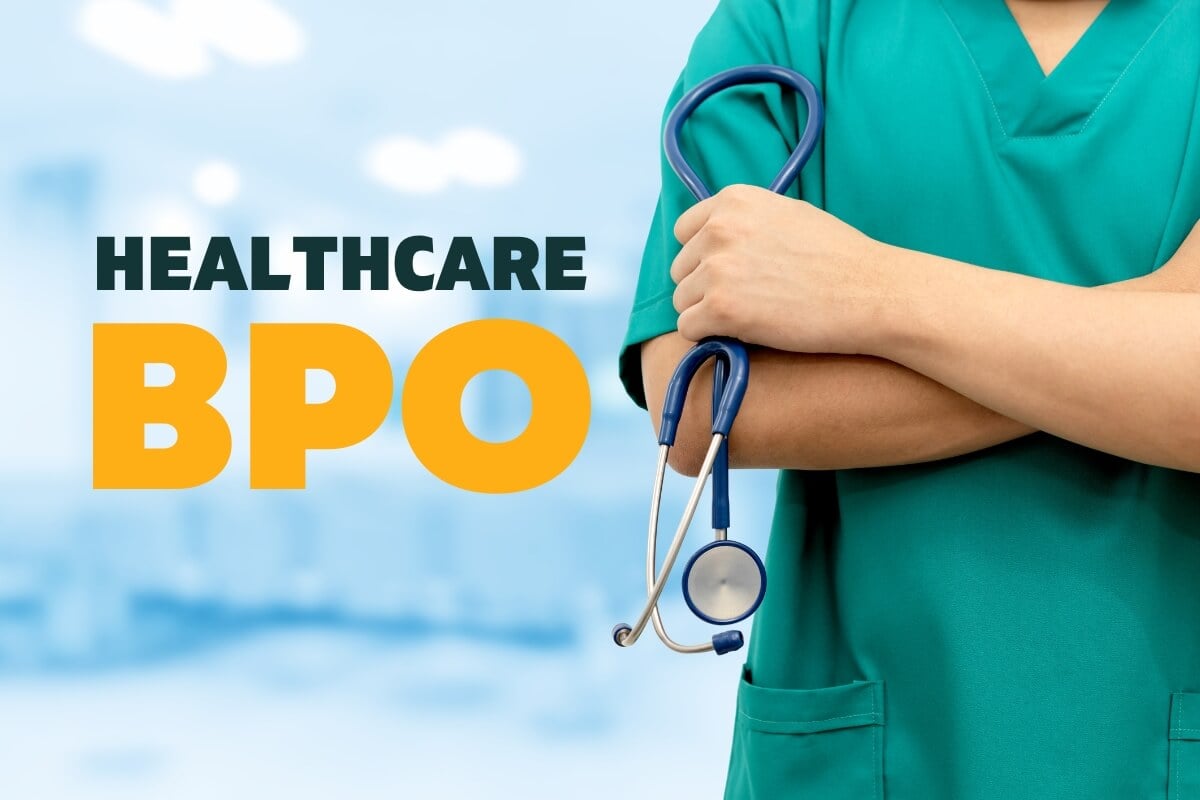A Comprehensive Overview on Just How Healthcare RCM Works to Streamline Billing and Collections
Browsing the intricacies of health care profits cycle monitoring (RCM) is critical for providers intending to enhance their payment and collections procedures. The overview unpacks the ins and outs of RCM, from patient enrollment to accounts receivable administration, using insights right into optimizing each step. Incorporating innovative technology and standardized procedures can significantly lower insurance claim rejections and accelerate payment cycles. Yet, real challenge hinges on perfectly merging these aspects to boost cash circulation. As we explore the core parts and techniques that drive performance, one inquiry remains: just how can health care entities best setting themselves to prosper financially in an ever-evolving industry?
Recognizing Profits Cycle Monitoring
Grasping the complexities of Earnings Cycle Monitoring (RCM) is important for medical care companies intending to maximize their financial performance. RCM is a vital management feature that incorporates the entire financial process of patient care, from the preliminary visit readying to the last settlement of the equilibrium. It is a complicated treatment created to recognize, accumulate, and manage the revenue from the services given to patients. Efficient RCM guarantees that doctor receive exact and prompt settlements, decreasing the risk of earnings loss and enhancing capital.
The RCM process begins when a person routines a visit and prolongs with the patient's treatment trip, including payment and collections. An essential goal is to reduce the time in between offering a solution and obtaining settlement, thus boosting the organization's monetary health. RCM entails various features such as person registration, insurance verification, cost capture, coding, asserts entry, settlement posting, and handling denials and allures.
Trick Components of RCM
In the realm of Earnings Cycle Management (RCM), recognizing its crucial parts is fundamental to attaining economic efficiency within health care companies. RCM is a detailed process that encompasses different phases, each important to making certain effective payment and collections. The key elements consist of individual registration, insurance coverage confirmation, fee capture, coding, claim submission, repayment posting, and receivable monitoring.


As soon as coded, insurance claims are submitted to payers, where accuracy is paramount to avoid hold-ups or beings rejected - Healthcare RCM. Repayment publishing involves videotaping the received payments, which permits for the reconciliation of accounts. Finally, receivables management concentrates on tracking and attending to unsettled claims, ensuring timely follow-up and resolution
Each element of RCM is adjoined, and ineffectiveness in any kind of part can interfere with the whole cycle. As a result, grasping these components is essential for doctor to enhance income and improve their monetary health.
Techniques for Reliable Invoicing

Systematizing invoicing treatments throughout the organization is one more key method. Establishing clear guidelines for documentation, coding, and entry helps maintain uniformity and conformity with regulative demands. Training staff on a regular basis on these procedures ensures everybody is current with the most current adjustments in payment codes and payer plans.
Precise charge capture is crucial in avoiding income leakage. Implementing normal audits and monitoring systems permits the recognition and improvement of discrepancies prior to they impact income. Furthermore, preserving open lines of interaction with payers assists to promptly deal with any disagreements or misunderstandings that may develop.

Last but not least, engaging clients early reference in the billing procedure by giving clear price quotes and educational products concerning their economic responsibilities can dramatically minimize confusion and boost payment timeliness. These approaches collectively add to a much more reliable and financially healthy and balanced invoicing system.
Enhancing Collections Processes
A robust collections procedure is crucial for preserving monetary security within medical care companies. Given the complexities of clinical payment and the variety of payer requirements, improving the collections procedure includes executing critical procedures that make sure prompt and precise repayment of services rendered. Central to this is the usage of technology to automate and streamline processes, minimizing hand-operated mistakes and improving efficiency. Automation tools can help in tracking claim statuses, sending prompt suggestions to people, and managing rejections better.
Training personnel to recognize the subtleties of insurance plan and payment codes is equally crucial. This understanding encourages them to attend to payment inconsistencies quickly and interact successfully with individuals concerning their monetary obligations. In addition, clear and transparent individual interactions are critical. Supplying comprehensive explanations of fees and offering flexible layaway plan can increase patient complete satisfaction and prompt repayments.
Normal audits of the collections process should be conducted to identify locations for enhancement and make certain conformity with regulations. By evaluating data, healthcare organizations can recognize patterns, anticipate prospective issues, and adapt approaches appropriately (Healthcare RCM). Ultimately, a well-enhanced collections process not only sustains financial wellness but likewise contributes to an extra smooth experience for individuals and staff alike
Optimizing Income Streams
Structure upon the structure of a strong collections procedure, medical care organizations can further reinforce their financial security by purposefully optimizing profits streams. This entails a multi-faceted strategy, starting with a thorough analysis of existing revenue resources to recognize inefficiencies and locations for her explanation development. Utilizing sophisticated data analytics devices enables organizations to obtain understandings into payer mix, patient demographics, and service usage patterns, permitting data-driven decisions that improve profits capture.
Implementing automated payment systems can substantially minimize errors and speed up claims refining, making certain that profits is accumulated much more successfully. Moreover, maximizing payer agreements with normal arrangements can improve compensation prices and terms, straight impacting the lower line. Branching out solution offerings, such as including telehealth or health care, can also attract a more comprehensive patient base, thus enhancing revenue capacity.
One more essential part is boosting patient interaction and contentment, as pleased clients are much more most likely to abide by therapy plans and make prompt payments. Providing flexible settlement choices and clear payment navigate here methods can improve collections and foster person commitment. Healthcare RCM. By adopting these strategies, medical care companies can produce an extra resistant financial framework, ensuring continual growth and security in an ever-changing industry landscape
Final Thought
In final thought, healthcare Profits Cycle Management (RCM) plays a vital duty in optimizing payment and collections processes by incorporating vital elements such as person enrollment, insurance verification, charge capture, coding, declares submission, and balance due monitoring. By using sophisticated technology, systematizing procedures, and fostering individual engagement, health care service providers can substantially lower claim denials, speed up repayment cycles, and enhance money circulation. This comprehensive strategy to RCM ultimately results in enhanced financial performance and sustainability for healthcare organizations.
The RCM procedure begins when a client routines a consultation and expands through the patient's treatment trip, consisting of payment and collections.One more vital part is enhancing individual involvement and fulfillment, as satisfied clients are a lot more most likely to stick to therapy plans and make timely payments. Offering versatile settlement alternatives and clear invoicing practices can improve collections and foster client loyalty.In conclusion, medical care Income Cycle Administration (RCM) plays a critical duty in enhancing payment and collections procedures by incorporating crucial elements such as client enrollment, insurance policy verification, charge capture, coding, declares entry, and accounts receivable monitoring. By employing advanced technology, standardizing treatments, and fostering patient interaction, healthcare carriers can dramatically decrease claim rejections, speed up payment cycles, and boost cash money circulation.